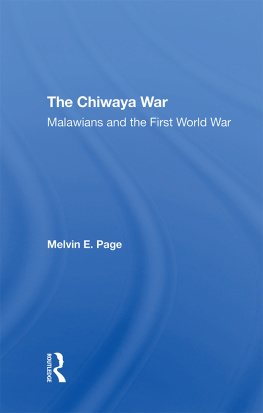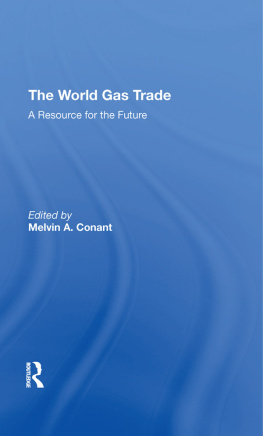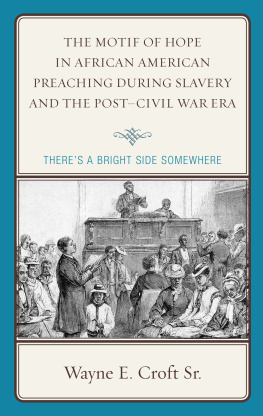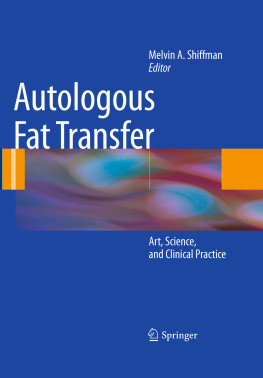The Interpreting Angel Motif in Prophetic and Apocalyptic Literature
David P. Melvin
Fortress Press
Minneapolis
THE INTERPRETING ANGEL MOTIF IN PROPHETIC AND APOCALYPTIC LITERATURE
Copyright 2013 Fortress Press. All rights reserved. Except for brief quotations in critical articles or reviews, no part of this book may be reproduced in any manner without prior written permission from the publisher. Visit http://www.augsburgfortress.org/copyrights/ or write to Permissions, Augsburg Fortress, Box 1209, Minneapolis, MN 55440.
Cover design: Alisha Lofgren
Library of Congress Cataloging-in-Publication Data is available
Print ISBN: 978-1-4514-6560-0
eBook ISBN: 978-1-4514-6966-0
The paper used in this publication meets the minimum requirements of American National Standard for Information Sciences Permanence of Paper for Printed Library Materials, ANSI Z329.48-1984.
Manufactured in the U.S.A.
This book was produced using PressBooks.com.
To Kendra, my interpreting angel
Contents
This study originated as a PhD dissertation written under the direction of Dr. Joel S. Burnett at Baylor University. It has gone through a few minor changes since it was defended in July 2012, but the essence remains the same. I was led to the topic of the interpreting angel motif and the broader subject of Jewish apocalyptic literature through an early foray into biblical angelology in relation to ancient Near Eastern literature and religions during my days as an MA student at Washington University in St. Louis. At that time I was primarily concerned with traditions of fallen angelsa topic of considerable discussion in scholarly literature. Later, my doctoral advisor wisely suggested that I explore the broader subject of Israelite/Jewish angelology to see if there were any significant topics that had escaped the attention of scholars. I took his advice, and I quickly stumbled upon the motif of angelic interpretation of visions. Although frequently mentioned in discussions of apocalyptic literature, I discovered that no extended study of the interpreting angel motif existed. At the same time, however, I discovered that the interpreting angel motif is more than just a piece of biblical minutia that had escaped notice because it is not truly important. The interpreting angel motif, as the present study argues, appears at a critical juncture in the history of Israelite religion, and it facilitates the development of an important literary genre of the Second Temple periodapocalyptic literature. It also suggests a shift in the view of God and the nature of divine revelation in at least one stream of thought in earliest Judaism and offers support to the notion that the Israelite conception of the divine realm was modeled after sociopolitical institutions.
This study weaves together three different lines of evidence in order to trace the development of the interpreting angel motif from its first appearance in Ezekiel 4048 through its maturation in Daniel 78. The first line of evidence is the biblical and, in the case of 1 Enoch, pseudepigraphical textual data. Historical and literary analysis of the primary texts in which the interpreting angel motif appears forms the core of this study. Given the considerable literary and historical sweep covered, it is impossible to offer an exhaustive analysis of the primary texts. Therefore, I have limited discussion to issues that relate to the development of the interpreting angel motif and its function, and have sought to minimize tangents into matters of secondary importance. For the Hebrew, Aramaic, and Greek biblical texts, all translations are my own, unless otherwise noted. For the Ethiopic text of 1 Enoch, I have followed the critical edition of Michael A. Knibb.
The second line of evidence brought into this study is textual and archaeological data regarding the administration of the great empires of the Near East from the early sixth through the mid-second centuries BCE (Neo-Babylonian, Persian, Greek, Ptolemaic, and Seleucid). Again, an exhaustive discussion is impossible in the present study, and I have limited the focus to issues relevant to the mediation of imperial authority and communication through political intermediaries, such as governors, messengers, and other sociopolitical institutions. The purpose here is to determine whether the transition from a local Judean monarchy to provincial status within large empires and the model of a transcendent imperial sovereign correlates with the model of the divine realm implied in texts containing the interpreting angel motif. With regard to ancient textual sources, in most cases I have followed major scholarly translations, with consultation of original languages.
Finally, this study sets the development of the interpreting angel motif in its broader literary and religious context through the examination of parallels and relevant evidence drawn from textual and archaeological evidence for religious beliefs and practices in surrounding cultures that may reasonably be supposed to have influenced Jewish authors. Once again, my focus is limited to data that relate to beliefs, practices, and literary motifs relevant to the interpreting angel motif. These data include direct parallels, as well as indications of broader religious concepts relating to the interpreting angel motif. As with the historical evidence, I generally follow standard translations of non-Hebrew/Aramaic texts, although in the case of Akkadian, Ugaritic, and Greek texts I have consulted the original languages.
- Michael A. Knibb, The Ethiopic Book of Enoch: A New Edition in the Light of the Aramaic Dead Sea Fragments (2 vols.; Oxford: Oxford University Press, 1978).
Acknowledgments
A great many people have contributed, directly or indirectly, to the present study, and I would like to express my sincere gratitude to all who have supported my scholarly quest over the years. My parents, Paul and Sherry Melvin, stand at the top of this list, for they inspired and encouraged me to follow my dreams. The faculty, staff, and my fellow students at Christian Fellowship School nurtured an early interest in the study of the Bible.
Several professors under whom I have studied over the years modeled the life of a scholar and encouraged me to pursue graduate study, most notably Dr. Waverly Nunnally, Dr. William Griffin, Dr. Martin Mittelstadt, and Dr. Pamela Barmash. Dr. James Nogalski was especially supportive and encouraging throughout my doctoral study at Baylor University, and I greatly appreciate his willingness to offer counsel and critique whenever I asked. I was truly blessed to be a part of the community of scholars at Baylor University. The atmosphere of collegiality among the faculty and graduate students is unrivaled, and I wish to thank my Baylor colleagues, especially Roy Garton and Peter Reynolds, for their encouragement and friendship.
I would also like to acknowledge the many churches of which I have been blessed to be a part over the years and the pastors who have allowed me to share some of what I have learned with their congregations, especially Rev. Robert Goins, Rev. Richard Orrell, Rev. David Raynaud, and Rev. Rebecca Hull. I am grateful to the people of First United Methodist Church, Crawford, TX, who supported me financially and entrusted me with their young people, and especially the youth of the church, who provided me with many much-needed breaks from the ivory tower.
I owe thanks to the faculty members on my dissertation committee, who read my work and offered invaluable feedback, critique, and guidance. At the head of this list stands Dr. Joel S. Burnett, who served as director, and with whom I had the privilege of working for several years as his graduate assistant. I would also like to thank Dr. Lidija Novakovic and Dr. Kenneth Jones, who graciously agreed to offer their perspectives on my work. Any errors are my own.









